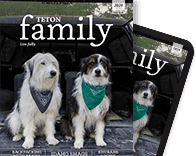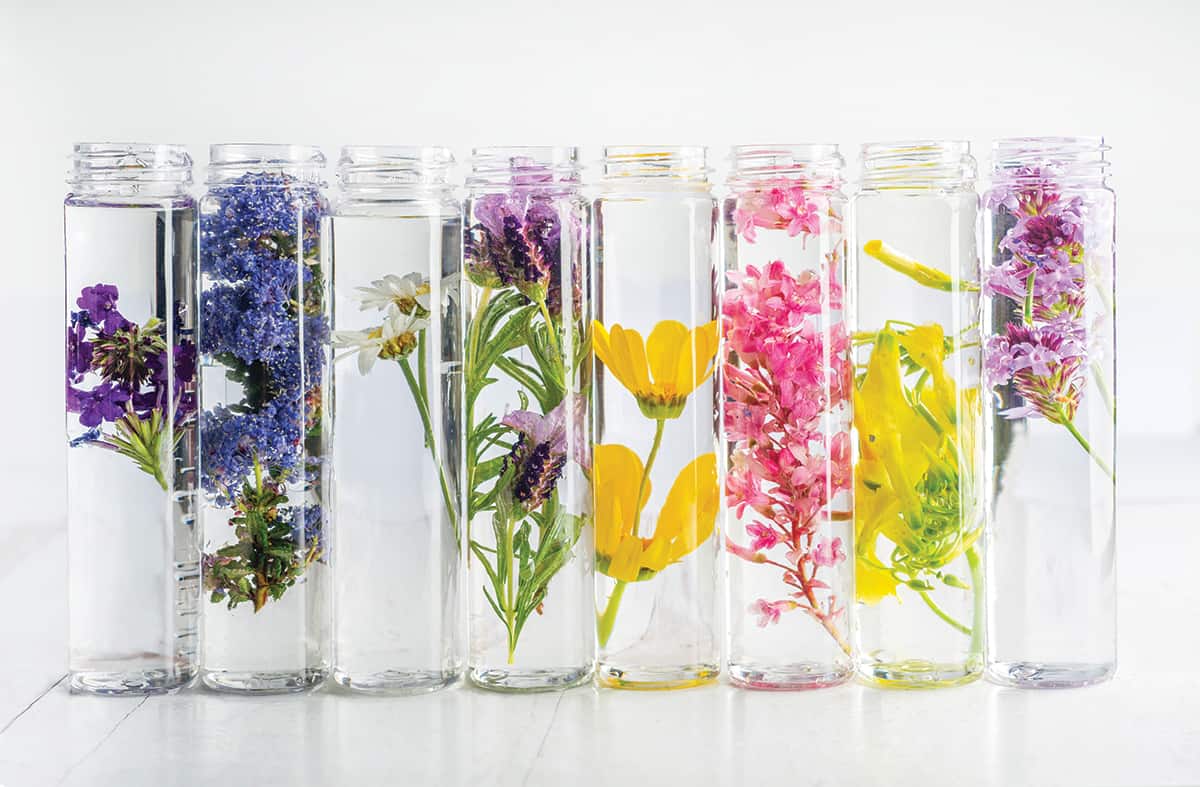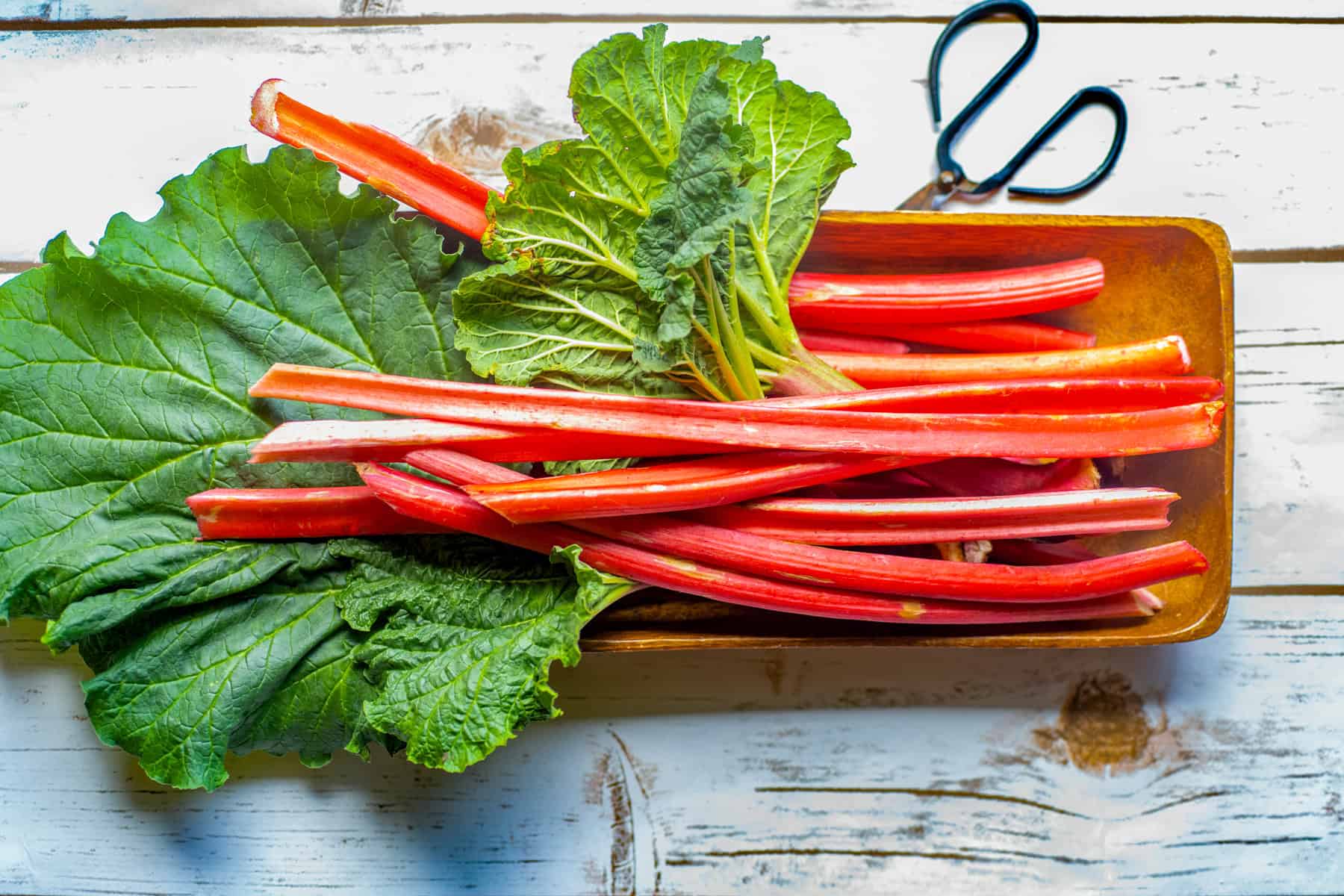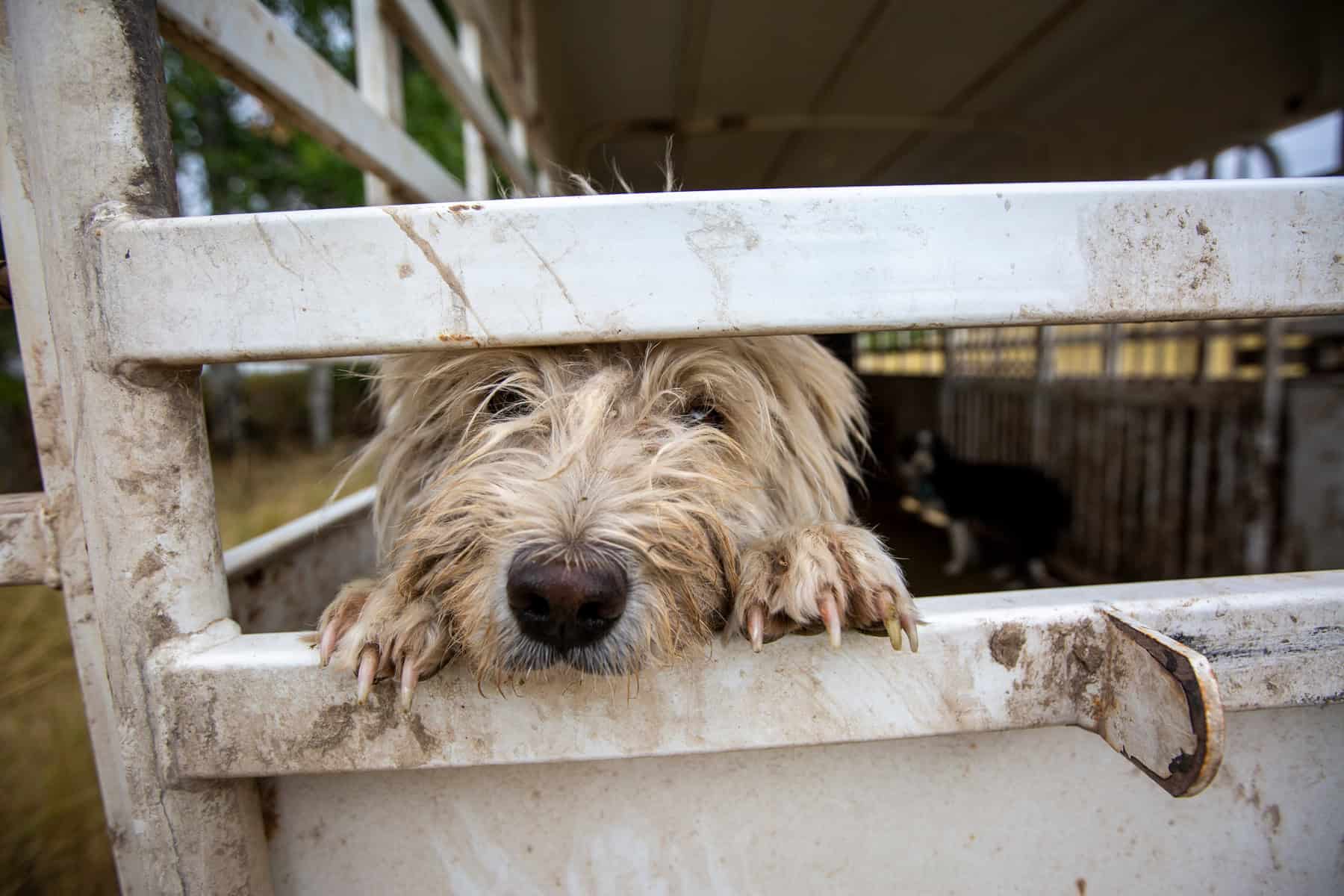By Jessa Smout // Photography by Paulette Phlipot
—
The overwhelming presence of the lilac bush welcomes summer to the Tetons. Its sweet perfume and vibrant array of colors communicates to everyone that sunny skies and warm temperatures are on the way. But I bet you didn’t know that, in addition to the flowers’ fragrant bouquet and soft lilac hues, it also has a vibrational energy—a powerful tool you can use to your advantage.
Pick a few blooms and put them in your bedroom, taste the sweet nectar from a stamen, or just stand next to the bush, listening to the hum of its pollinators to share in the lilac’s energy. And if you feel so inclined, harness that energy in a flower essence and use it as potent medicine.
What is a flower essence?
“Flower essences are liquid extracts used to address profound issues of emotional well-being, soul development, and mind-body health,” according to Flower Essence Society, a reputable company that makes a wide variety of flower essence products.
Flower essences go to work on our “subtle energy” body to gently ease us through difficulties. They can be used for emotional duress, physical ailments, and during times of great joy or growth. They are effective on children, pets, and anyone else willing to utilize their delicate power.
Dr. Edward Bach, an English physician, was the person first credited with using and extracting a flower’s essence. In the 1930s, he introduced a gentle way of healing to the health community by producing 38 base remedies aimed at specific conditions and labeled as “Bach Remedies.” Today, flower essences are used all over the world by many health professionals.
Erin Borbet MS, a licensed acupuncturist and board-certified Chinese medicine practitioner in Victor, uses these remedies frequently with her clients and their children. Borbet likes how the essences integrate with her acupuncture practice, as both modalities work on the energy body. She uses the brand Lotuswei and prefers blends of multiple flower essences, as opposed to single-flower remedies, as they are gentler.
Another local health professional, Dee Bupp, plant-matching consultant, author, and owner of Dragon Lady Teas in Jackson, makes her own essence blends using wild-foraged and garden-grown flowers. And at Simply Health in Jackson, Sarah Felton and Jennifer Nelson-Hawks use a Bioresonance machine to find out which specific flower essences work best for a client.
How do you capture the essence of a flower?
When in bloom, flowers can either be cut from the plant or gently bent. The latter practice is preferred to cutting when a flower is protected or endangered. For example, Christ’s Indian Paintbrush is rare and protected in Wyoming and Idaho. Next, the flower is immersed in a bowl of clean water into which it makes its energetic imprint. This water is then diluted and preserved in brandy or another alcohol to make individual remedies.
When making my own essences, I keep the steps simple. First, I source flowers that have not been sprayed, are growing in a healthy space, and won’t get me arrested if I pick them. I use only the cleanest available water and a glass bowl or jar. Depending on the flower and my intended use, I place the concoction under bright sunlight, outside on an overcast day, or in direct moonlight to “cure.” I let the flowers rest in the water for the appropriate time (less than 24 hours) and strain the water for use as a “mother tincture.”
How do you choose the type of flower to use?
Look around in your wild outdoor space or even in your garden. Use a bloom that consistently catches your attention. Maybe it’s the delicate petals of the sweet pea, the texture of the common dandelion, or the rich scent of a lilac. There are incredible resources online and reference books (such as Flower Essence Repertory: A Comprehensive Guide to North American and English Flower Essences for Emotional and Spiritual Well-Being; Flower Essence Society, 2004) to help guide you toward which flowers you might benefit from.
Lilac flower essence is a must in my repertoire. It can help with grief or feelings of depression or melancholy, and is grounding in nature. I like to use it when I travel or when my schedule is hectic, as it helps me process new experiences. I also use it during really happy moments to draw from and store the energy for later use.
Each summer, I find myself gravitating toward yarrow, as well, preferring the white blooms over the more colorful ones. Yarrow is helpful for setting boundaries and for those susceptible and empathetic to the energies that surround them. Rescue Remedy or Five-Flower Remedy by Bach are other essences I recommend for this use. They are incredibly supportive for mommas and kiddos, outdoor enthusiasts, and anyone else who finds themselves in stressful situations, either bodily or emotionally.

It’s a Smash
—
Makes 1 beverage
—
This delightful “free spirit” (alcohol-free cocktail) can be enjoyed anytime. If you’re feeling frisky, add your favorite liquor for a light, easy-drinking cocktail.
—
3 ounces sparkling water
½ ounce honey simple syrup
½ ounce fresh lemon juice
2 ounces blackberries (or any berry), muddled
3 drops lilac flower essence
- Muddle the fruit in the bottom of the glass.
- Add ice and all the other ingredients.
- Stir or shake and enjoy!

DIY Lilac Flower Essence
—
Makes a 2-ounce dropper bottle and a 6-ounce mother tincture
—
3 large dark purple lilac blooms
Potable water
Brandy, rum, or white vinegar
- Gather blooms from a pesticide-free lilac bush.
- Remove florets and place them in a glass jar or bowl with 3 ounces of water. Submerge as much of the flower as possible.
- Let the mixture sit uncovered in outdoor moonlight overnight.
- Carefully strain and retain the water; discard the blooms.
- Add 3 ounces of flower water to 3 ounces of your preservative of choice to make a “mother tincture.”
- Fill a 2-ounce dropper bottle with a 50:50 solution of filtered water and your preservative. Add 5 drops of the mother tincture to the bottle.
- Fill additional 2-ounce bottles or keep the mother tincture on hand for later use.

Arugula Herb Salad with Goat Cheese and Fig Balsamic
—
Makes one large salad
—
This summer salad pairs well with BBQ chicken, potato salad, and fresh lemonade. Plus, it has a stunning presentation and the unforgettable flavor of fresh summer figs.
—
For the Salad:
5 ounces arugula
2 ounces dandelion greens, chopped
4 tablespoons fresh basil, chopped
2 tablespoons fresh mint, chopped
4 tablespoons toasted pine nuts
4 ounces goat cheese
1 ounce nasturtiums, violas, and wild roses (can substitute any edible flower)
FOR THE Dressing:
(makes 1 cup)
¼ cup fig balsamic
1 clove garlic
2 teaspoon large-grain mustard
dash salt and pepper
½ cup olive oil
- Wash, strain, and pat dry the arugula and dandelion. Place them in a salad bowl.
- In a food processor or blender, add balsamic, garlic, mustard, and salt and pepper.
- Blend on low, slowly adding the olive oil.
- Drizzle 3 tablespoons of dressing onto the greens and gently toss.
- Add washed, strained, and chopped basil and mint.
- Crumble goat cheese on top, followed by toasted pine nuts and flowers.
Get your Flower Essences Locally
—
- Jackson Whole Grocer carries Bach Remedies and Flower Essence Society blends.
- Barrels and Bins Market in Driggs carries Bach Remedies, including pet formulas.
- Simply Health carries Bach Remedies and other various flower modalities.
- Pet Place Plus carries Bach Rescue Remedy Stress Relief for Pets.*
* Always use pet-specific products for your pet. Most pet remedies are alcohol-free, and flower essence pastilles made for human use can contain xylitol, which is poisonous to pets.




